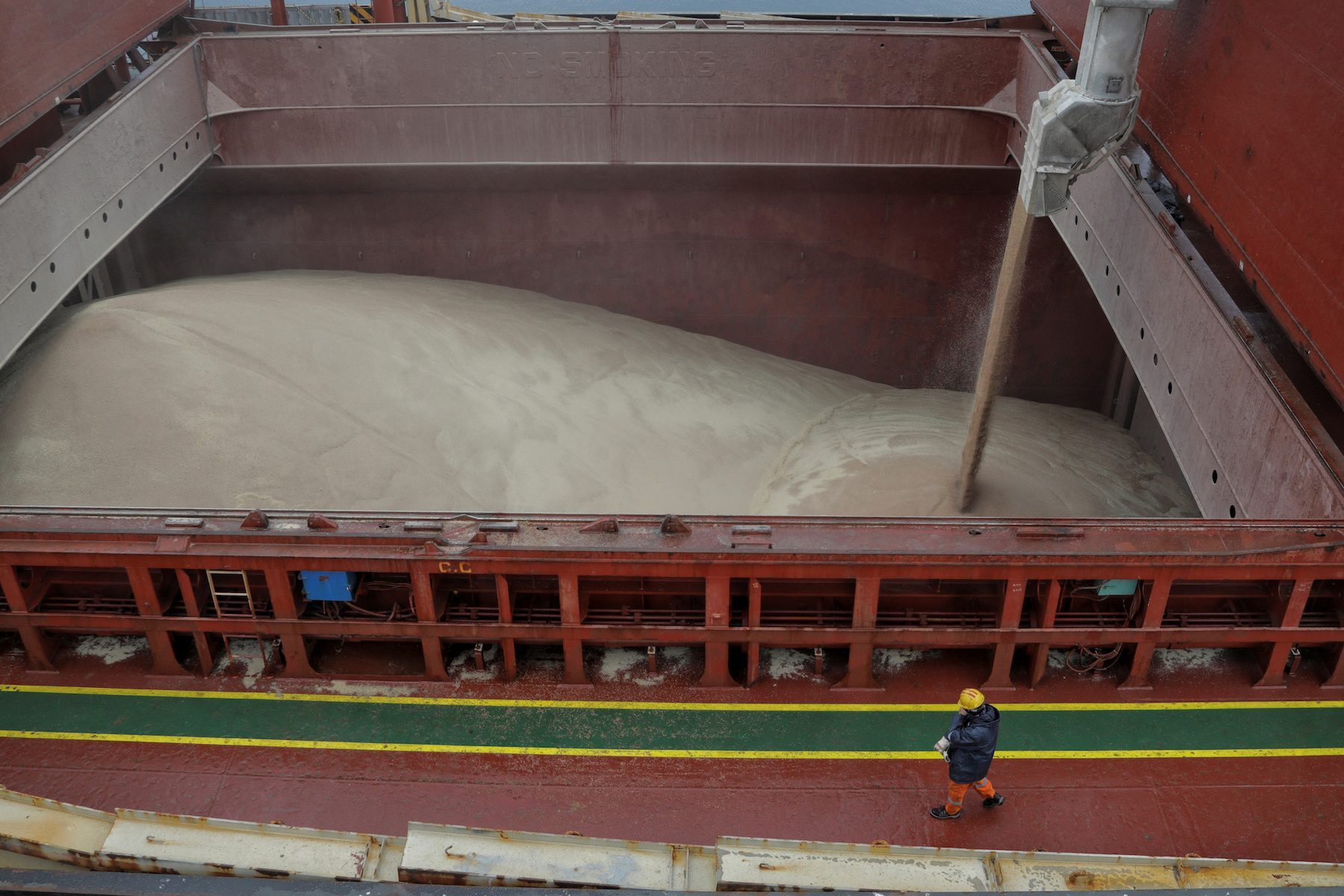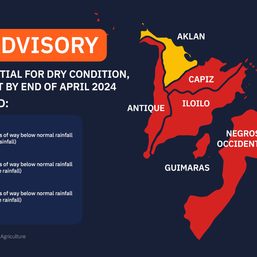SUMMARY
This is AI generated summarization, which may have errors. For context, always refer to the full article.

SINGAPORE – Scarred by high and volatile prices, global wheat buyers are reducing their purchases of future supplies but that raises their exposure to potential price spikes that would end up passed on to consumers already struggling with food inflation.
Buyers in key importers across Asia, the Middle East, and Africa are making so-called forward purchases of supplies for only about two to three months of their future demand versus typical buying of up to six months, according to millers, analysts, and traders.
Typically, rising grain prices take months to reach consumers because millers hold more supply and can weather the volatility. But with lower stockpiles and fewer forward deliveries locked up, consumers, especially in poorer countries, will feel the impact of a price spike more quickly.
“Wheat millers and end users have become more conservative in their purchases because of market volatility,” said Phin Ziebell, agribusiness economist at National Australia Bank.
“Prices in the retail market remain elevated and food inflation is very serious issue.”
Benchmark Chicago wheat futures climbed to a record in March after Russia invaded key exporter Ukraine and adverse weather in other producing regions reduced supplies. Futures have dropped 48% since their peak last year but physical grain prices remain high amid the supply uncertainty in the Black Sea region and concerns about the crop in the United States.
Grain shipments from the Black Sea are continuing under a United Nations-backed deal, but that agreement is up for renegotiation in talks starting this week and there is the threat the Russia-Ukraine war will escalate.
Russian wheat prices are being quoted at about $340 a metric ton, including cost and freight (C&F) for delivery to Southeast Asia as compared with US hard red winter wheat priced at around $390 a metric ton.
Black sea wheat for Asia typically sold at about $260 a metric ton before the war, according to Ole Houe, director of advisory services at agriculture brokerage IKON Commodities in Sydney. Because of the higher prices, buyers are unwilling to take on the risk of buying grain to cover future needs though it does expose them to higher prices if supplies are curtailed, he said.
“There is plenty of wheat available from the Black Sea and Australia and prices could get cheaper in three months from now. But if Russia stops exporting, things will dramatically change, wheat could get $50 a tonne more expensive. For buyers, waiting seems to offer a bigger reward than taking forward positions,” Houe said.
Lower inventories
Instead, millers and other wheat buyers are winding down their stockpiles. Global wheat inventories for the crop year to June 2023 are forecast to decline to 269.34 million metric tons, from 276.70 million a year ago, a second yearly drop, according to US Department of Agriculture (USDA) data.
“Turkey, Egypt, China, and South Korea are likely to take the biggest hit in my view,” said a German grains trader.
Stockpiles in Egypt, the world’s No. 1 wheat importer, are forecast to drop to 3.4 million metric tons by the end of June, the lowest in 18 years, USDA data shows. Indonesia, the second biggest buyer, is estimated to have less than two months of consumption by then.
Inventories in India, the world’s second largest wheat consumer, are estimated to be 12.6 million metric tons in June, less than half of stockpiles two years ago.
Grain trading companies are also reducing their forward market positions because of the supply risks.
Before the conflict, traders would typically agree to sell forward cargoes to millers, known as going short, without the physical grain in hand, with the intention of buying cargoes closer to the actual delivery date.
“Most traders now buy cargoes before they sell to millers,” said one Singapore-based trader at an international trading company in Singapore. “We are not willing to go too much short as we used to do it earlier.”
US millers have also been discouraged to buy forward as droughts in the US Plains and Argentina, along with tight winter wheat stockpiles, have lifted prices, said a Kansas City-based grain trader.
The USDA projects US wheat stocks to fall to 15.47 million metric tons by the end of the 2022-2023 marketing year, a 15-year low.
“Everything that’s going on is forcing people to only trade in the nearby positions, more so than usual,” the trader said. – Rappler.com
Add a comment
How does this make you feel?





There are no comments yet. Add your comment to start the conversation.